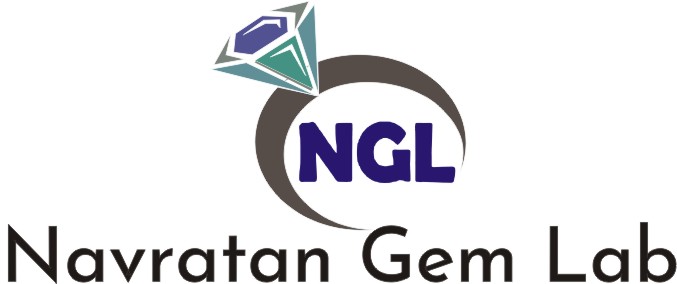
The four grading systems are known as "the four C's", in which all Diamonds are evaluated:
Color
Cut
Clarity
Carat weight
Color:
The color of a Diamond is graded on an alphabetical scale ranging from the letters D to Y. This scale measures the color saturation, ranging from absolutely colorless to deep yellow (or yellow-brown). D is totally colorless, without a hint of any other color. Y indicates an intense deep yellow or deep yellow-brown. The letters between D and Y describe the color, depending on the amount of yellow saturation. The color bar below depicts the letter and the color saturation it represents. (The bar is not limited to yellow; it may also be yellow-brown, and is not necessarily accurate as monitor saturation may vary.) The letter Z in the color grade of a Diamond may sometimes be used to indicate a fancy Diamond.


Cut:
The cut, or facet of the Diamond, is the shape and style in which it is cut. The most prevalent cut is the brilliant cut, a facet specially designed to bring out the most fire in the stone. Sometimes this cut cannot be given, either because of flaws or cleavage habits. Much planning must be taken before cutting a Diamond, as a slight error in the facet may significantly decrease the value of the stone.
Clarity:
Clarity is graded on the size and visibility of the flaws and inclusions. Letters are assigned to a stone to label the quality of its clarity:
| IF | Internally Flawless | Contains no flaws or inclusions at a magnification of 10x |
| VVS1 | Very, very small inclusions | Contains very tiny flaws or inclusions visible at 10x magnification |
| VVS2 | Very, very small inclusions | Contains tiny flaws or inclusions visible at 10x magnification |
| VS1 | Very small inclusions | Contains small flaws or inclusions visible at 10x magnification |
| VS2 | Very small inclusions | Contains flaws or inclusions visible at 10x magnification |
| SI1 | Small inclusions | Contains larger flaws or inclusions visible at 10x magnification |
| SI2 | Small inclusions | Contains larger flaws or inclusions easily visible at 10x magnification |
| I1 | Inclusions | Contains inclusions visible to the naked eye |
| I2 | Inclusions | Contains large inclusions visible to the naked eye |
| I3 | Inclusions | Contains very large inclusions visible to the naked eye |
Carat Weight:
The size of a Diamond is measured in carats (abbreviated as ct). A carat is equivalent to 0.2 grams. Another weight measurement sometimes used for small for Diamonds is the point measurement (abbreviated as pt). Each point is one/one hundredth of a carat. For example, a stone weighing 34 pt weighs .34 ct Larger Diamonds are worth more than proportionally smaller ones, meaning a 3 ct Diamond surpasses the value of three 1ct Diamonds.
The NGL Diamond report provides a reliable and accurate documentation of a diamond’s identity and grade based on the internationally recognized diamond grading system. NGL Diamond Reports are issued for diamonds of any size, Our priority is to create in-depth awareness about diamonds among the buyers; Gemstones should only change hands when accompanied by a certificate attesting to quality. Regardless of location or marketplace which is why, NGL Diamond Report includes a detailed description of the diamond’s 4Cs i.e. Colour, Clarity, Cut and Carat Weight according to strict international standards.Each diamond is analyzed by expert gemologists in order to provide the most accurate description of the diamond’s quality and characteristics. Additional grading characteristics such as the finish, girdle, culet and fluorescence are also detailed on the certificate. An authentic NGL Laboratory Report is the common langage of trust and confidence in the gemological world.
